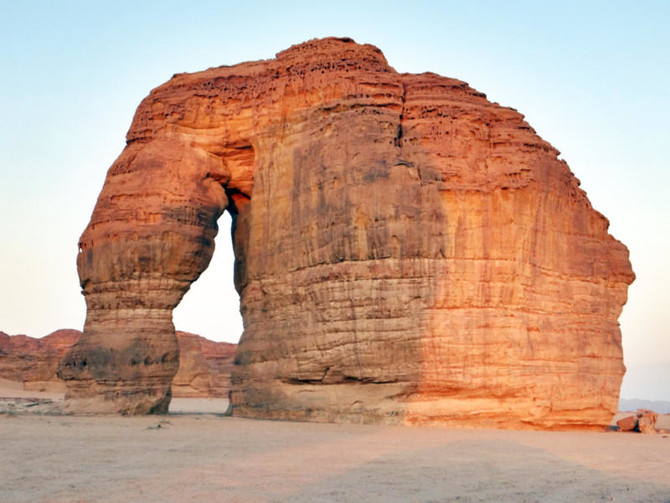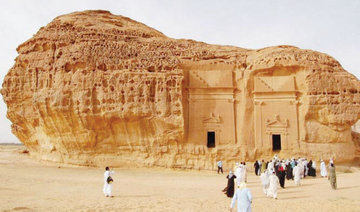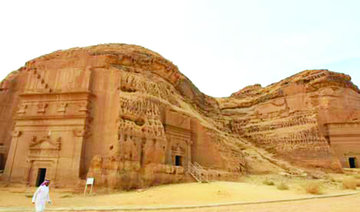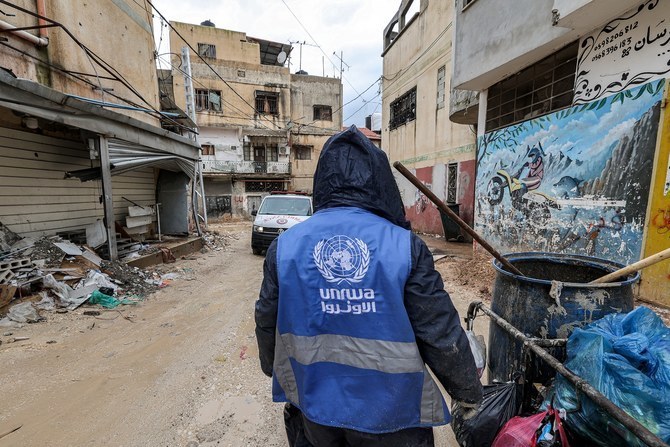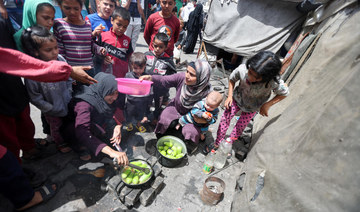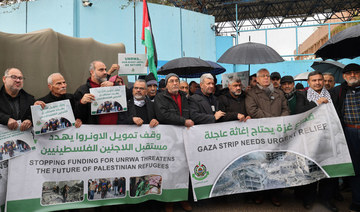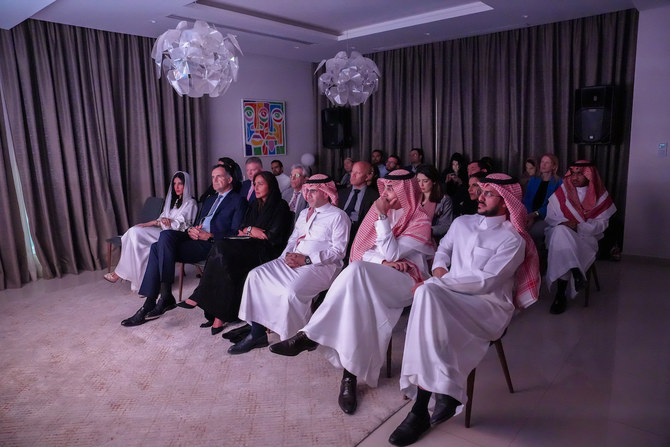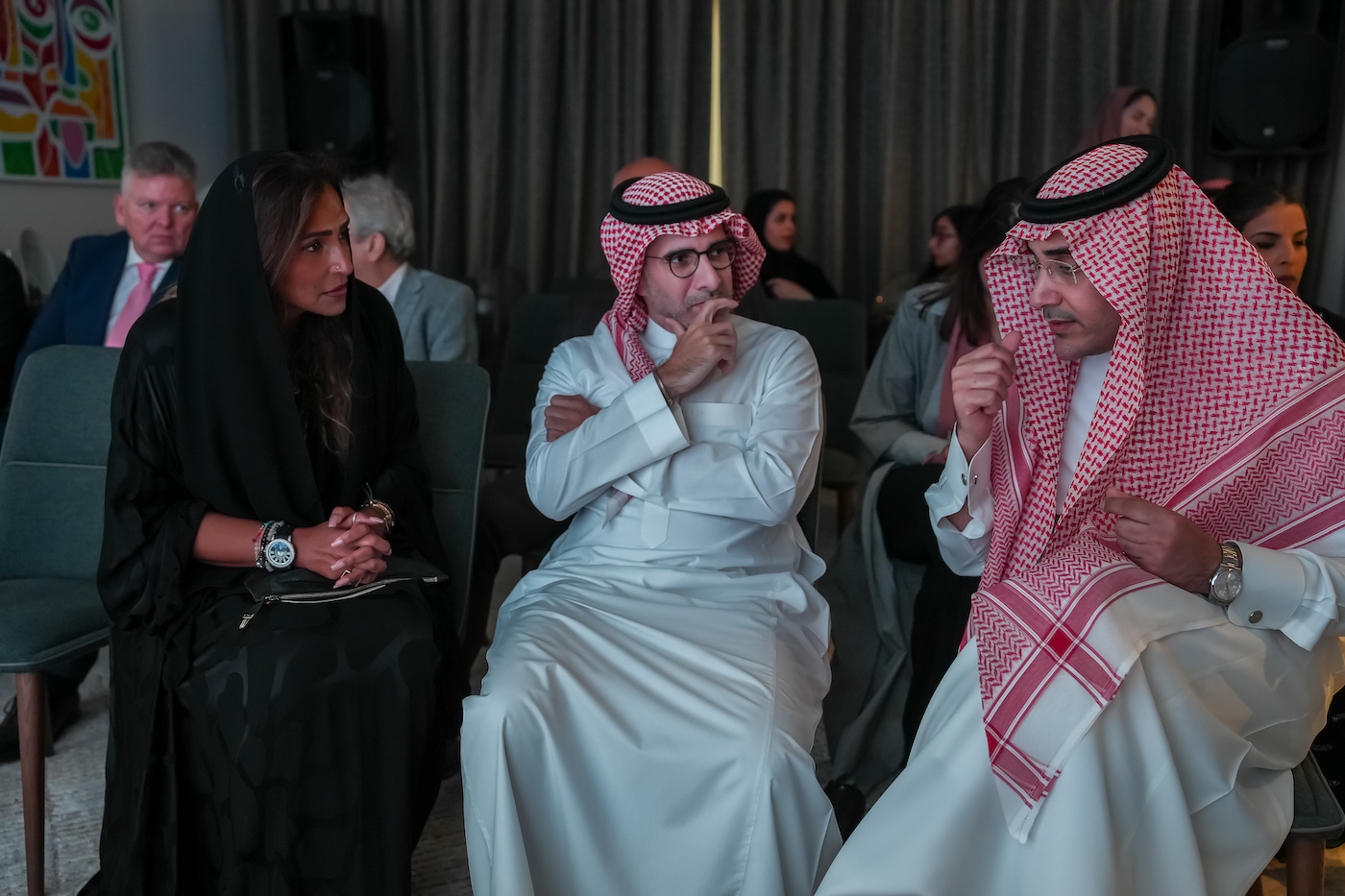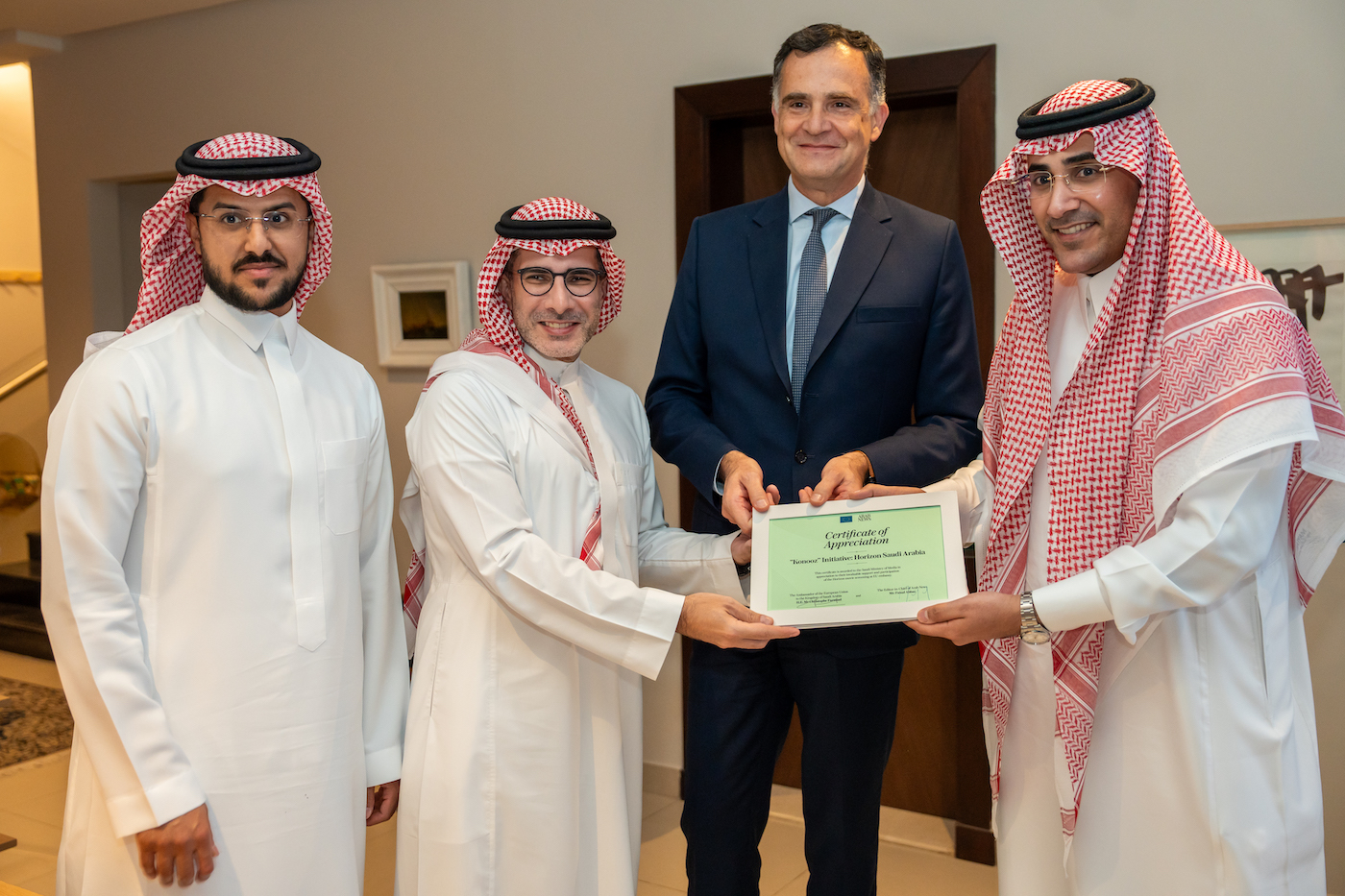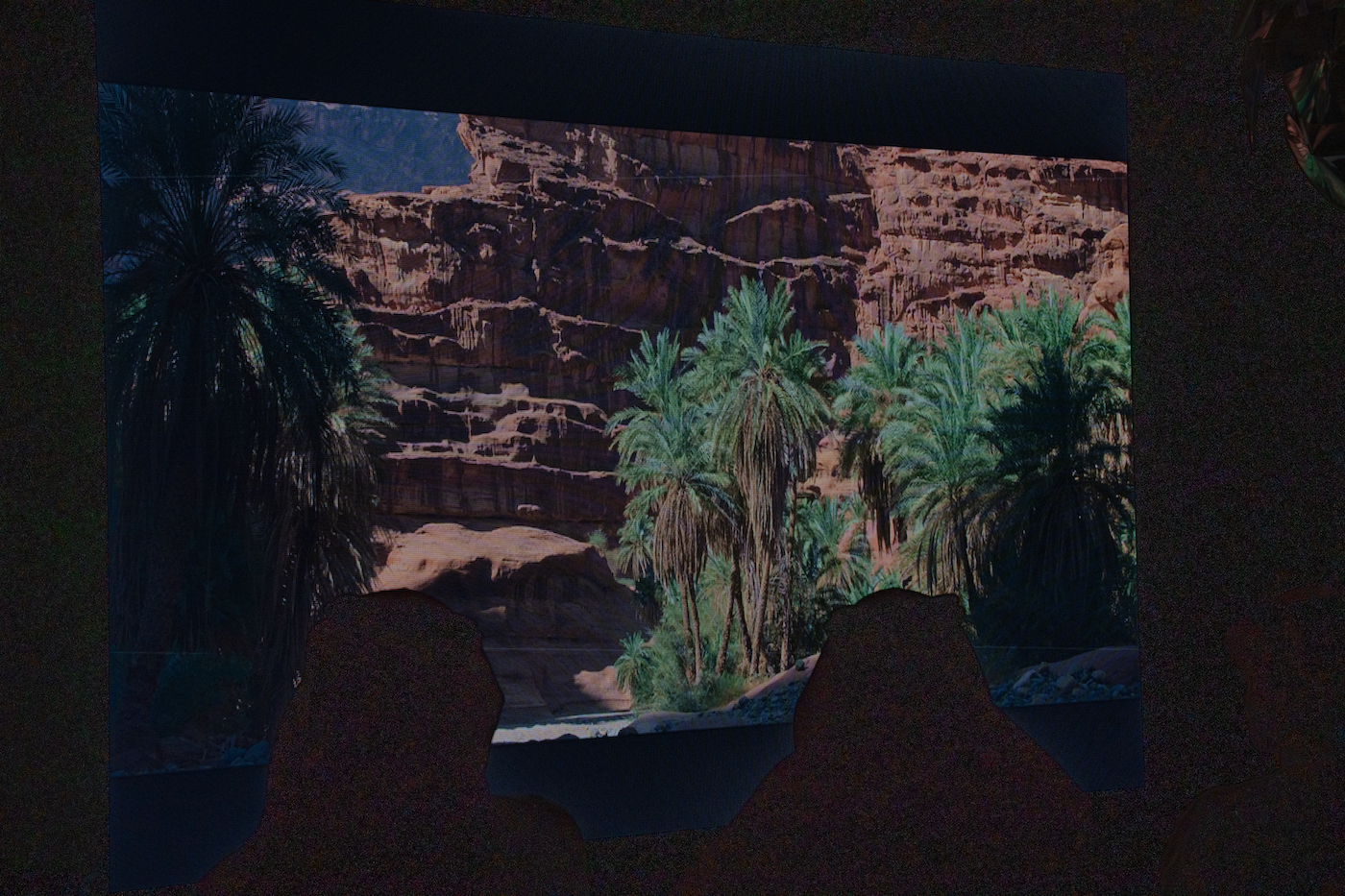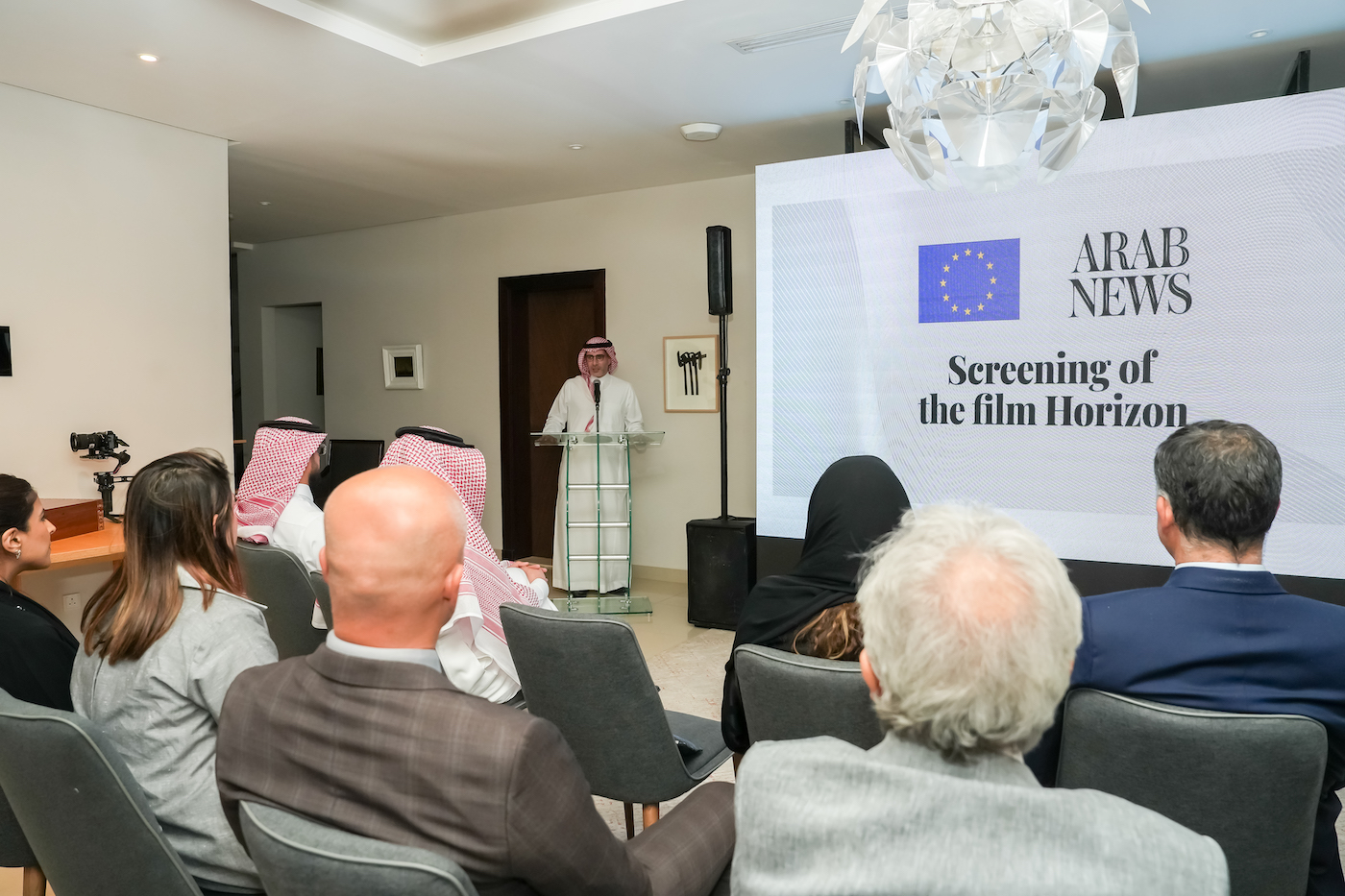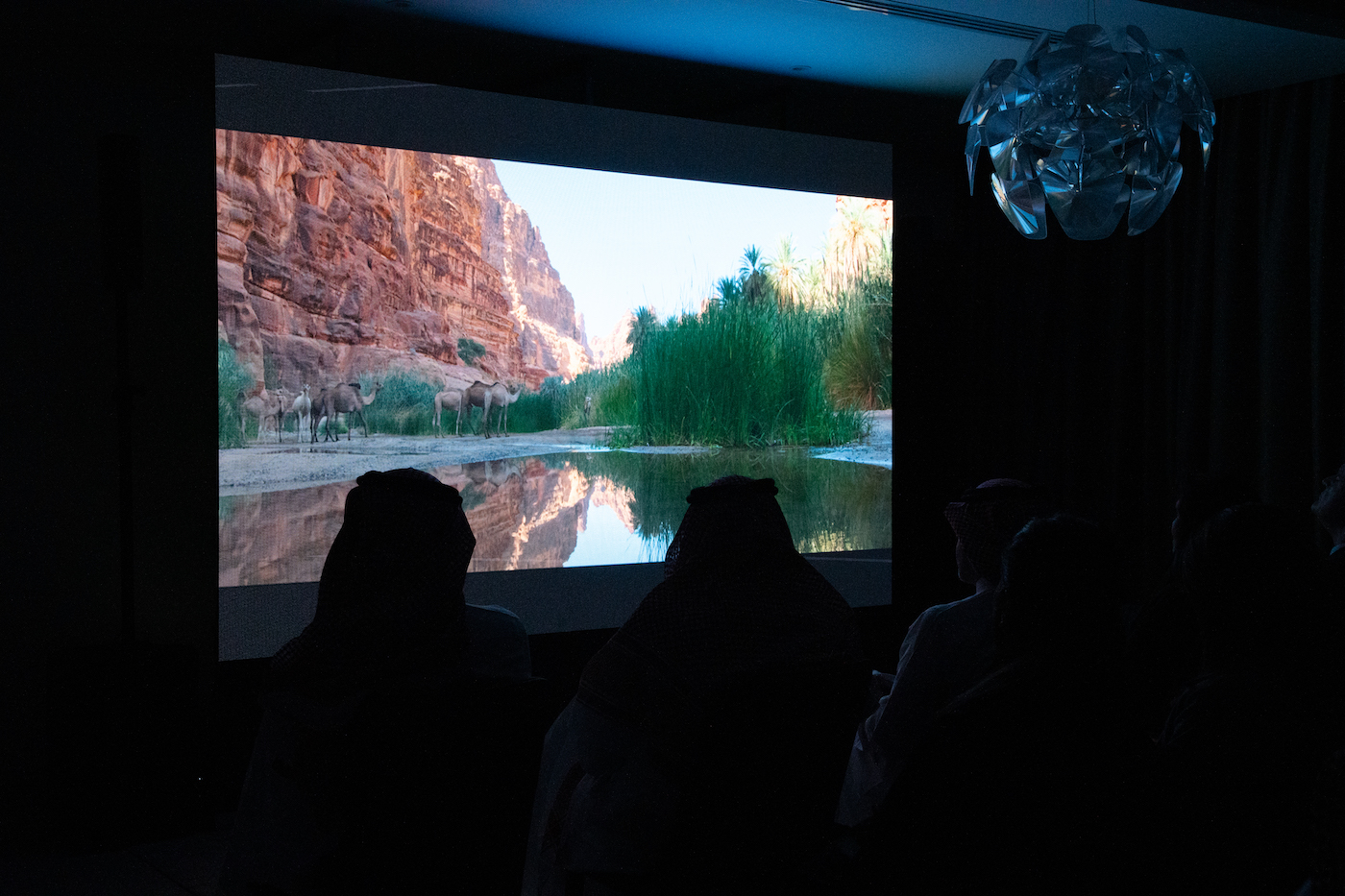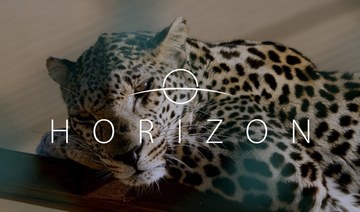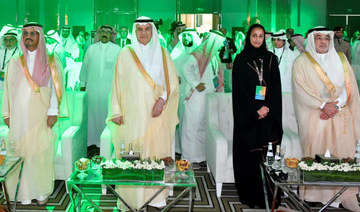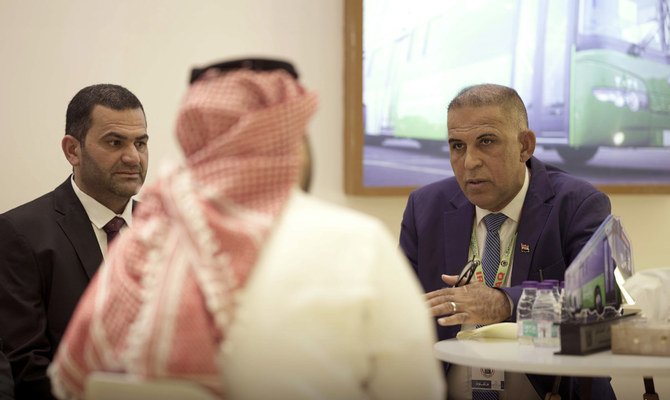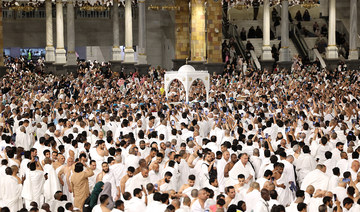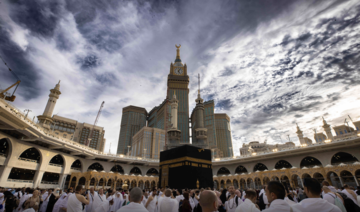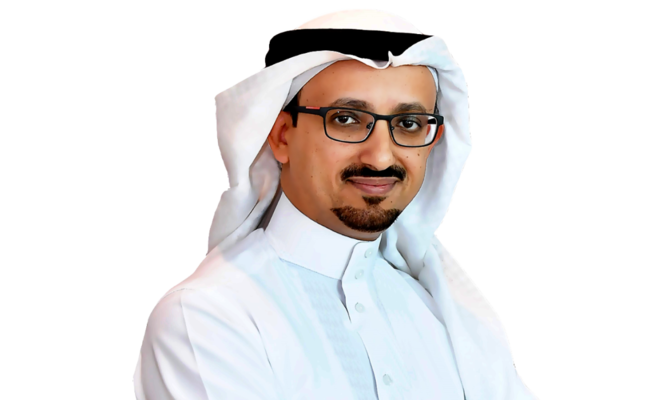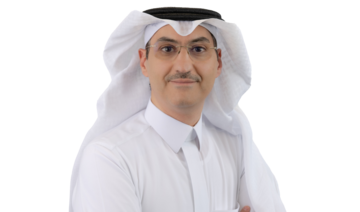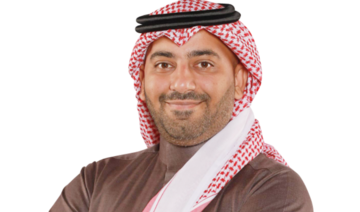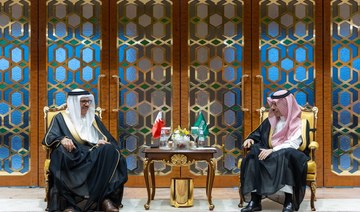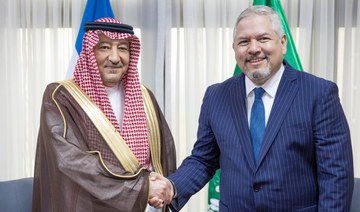JEDDAH: Madain Saleh or Al-Hijr City, located in Al-Ula governorate, is an important Saudi tourist landmark.
The city of Al-Hijr was the capital of the Kingdom of Lihyan in the north of the Arabian Peninsula. The city dates back to the era of the Nabatean kingdom. It contains the largest southern settlement of the Nabatean kingdom after the city of Petra in Jordan, the capital of the city of Nabateans about 500 km away.
In 2008, Madain Saleh was selected as one of UNESCO’s historic heritage sites, making it the first World Heritage property to be inscribed in Saudi Arabia.
The name of Madain Saleh is attributed to Prophet Saleh and is mentioned in the Holy Qur’an as “Al-Hijr”, described as a region carved from the mountains and rocks. It contains the site of the well from which the prophet’s she-camel drank.
Arab News visited Madain Saleh and wandered among its ancient palaces and graves with a young Saudi named Abdullah Al-Zahofi. He is a tour guide who provides services to tourists coming to visit the province of Al-Ula and its monuments, whether in Madain Saleh or other archaeological sites.
We started our tour by visiting Elephant Rock, a magnet for tourists in Al-Ula.
Elephant Rock is located 7 km to the east of the province of Al-Ula. It is a massive rock about 50 meters above ground and is characterized by its unique elephant-like shape.
Its location is an ideal center for desert sports and mountaineering enthusiasts, given the panoramic richness of the place.
Al-Zahofi said this site is important for tourism in view of its uniqueness in form. Tourists and visitors of different nationalities prefer to spend time here enjoying the atmosphere and tranquility.
The landscape is filled with the smells of orange, tangerine, lemon, and palm trees, which give the place a further splendor, harmonizing with the bright colors of the mountains.
The place plays a big role in boosting desert tourism and horse racing. It attracts many families keen to hike there.
Then we went to Madain Saleh and the so-called Mount Athlab where Madain and its beautiful palaces are located.
When we arrived at the main entrance, we found a gate at which the vehicles wishing to enter the site and information about its drivers are registered. They told us that the gates would be closed at 5 p.m. and we had to leave the site before that.
We headed to the Hijaz railway station of the Ottoman Empire. Al-Zahofi said this is one of the Hijaz railway stations, which linked the Levant to the holy city of Madinah.
It is the second-largest railway station in the Hijaz area after the Madinah station. Madain Saleh was a prosperous city because of its location on the important Incense Route.
The station consists of a large workshop to repair train carriages, large castles, houses, mosques, weapon stores, water closets and a large water tank. Prophet Saleh’s well is also there.
Then we headed to the most important palace or tomb located in Madain Saleh which is called Qasr Al-Farid or the “unique palace.” It gains importance for several reasons — it is one of the largest existing tombs and its name represents its uniqueness as one rock independent of the rest of the palaces or tombs.
The tomb is unique because it was not completed and was not used as a tomb as there are no traces of burial sites inside it.
It is also distinguished from the rest of the tombs with an increase in the columns carved on the facade. Most graves have two columns, but Al-Farid has four with Nabatean crowns on the front.
The castles in Madain Saleh took the form of palaces. However, they are nothing but the graves and tombs of the people who inhabited the area.
Eid Al-Yahya, the presenter of “On the Footsteps of the Arabs” program on Al-Arabiya channel, said that Madain Saleh contains both Thamudic and Nabatean writings.
Al-Yahya, a famous media figure interested in the archaeology and human history of Saudi Arabia, who accompanied us on this trip, said the graves have many indications that confirm that they were not only designed for burial but were also used for housing.
Among these indications is Mount Athlab that has the diwan, a place for celebrations, eating and drinking next to burial places, according to Al-Yahya. “So, the place was not for just funerals, as claimed by archaeologists.”
Al-Yahya said the method behind carving the diwan has kept in consideration how the Romans ate, lay down on their sides and put food and drinks in front of them. A lot of Thamudic words found on the site and the designs carved on the ceiling of the diwan indicate that the place was used for the pleasures of life.
Al-Yahya said a lot of Nabatean writings on the site of the diwan in addition to Thamudic writings indicate that history in this region is mixed and needs further study and investigation in order to explain to the coming generations the past of this region in detail.
There are large chairs for senior people — Thamudis or Nabateans — who lived in this area in addition to a big strategic water tank with channels carved from the mountaintop to ensure a water flow during the rains.
There are also more than 60 wells, and most famous wells of the Nabatean have a depth of 15 meters. They were drilled in the middle of the mountains to receive the rainwater falling on the mountains.
In a corner of Madain Saleh, a wonderful painting was discovered by Ahmed Aboudi of the Department of Antiquities at King Saud University. It was painted with iron oxide. It is a spring flower, semi-hidden, has peculiar chemical properties and has the effects of the classical period dating back to the third and fourth century BC of the Mediterranean basin and Mesopotamia. It is believed that this painting dates back to 200 BC.
Then we went to a large palace called Qasr Al-Saneh. Although it does not create much excitement, it serves as an introduction to the main elements of the Nabatean model of the graves having a great facade. The two forms are composed of five steps. The inscriptions are at the top of the door. Inside the tomb, there are holes that were used to contain the bodies.
Al-Kraimat includes 20 graves in good condition from the best-preserved tombs in Madain Saleh. They have shapes that look like a griffin (with the body, tail, and back legs of a lion and the head of a human). Some shapes resemble roses, drawn on trays that were used in rituals associated with funerals. In Al-Kraimat, there are also houses built of bricks and a Nabatean well.
Our next stop was the Qasr Al-Farid, one of the most famous and beautiful Nabatean tombs in Al-Hijr. It is characterized by a very large northern facade, and was called Al-Farid or “the unique” because it is an independent rock mass.
The accuracy and beauty of the sculpturing are clear in the facade. Despite this beauty, the sculpture of Al-Farid is incomplete at the bottom. The palace was built for a person named Hayyan ibn Kuza, according to some researchers.
Another famous place in Madain Saleh is Qasr Al-Bint, or Palace of the Girl, around which many fictitious romantic stories revolve. They say that a girl is buried in it after her father killed her because of her romantic relationship with one of the sculptors in the era of the Nabateans who inhabited the cities in 150 BC.
Tourist guide Marzouq Al-Anzi said local residents named this landmark Qasr Al-Bint.
The eye-catching tomb highlights the highest levels of sculpturing and decorative art forms.
The Nabatean crown is located on either side of the entrance to the tomb. The triangular facade is visible above the entrance. The center is shaped like an eagle — Dushara — a deity worshipped by the Nabateans in Petra and Madain Saleh.
In the center of the triangular facade, we see a circular image of a very ugly human face surrounded by snakes. In Nabateans’ belief, it represented the tomb guard, and below it, there is pink decoration.
Most of the tombs in this area were characterized by the presence of writings at the top of the entrances bearing the name of the person buried, those entitled to bury the dead and the date of its sculpture and the name of the sculptor.
To the left of Qasr Al-Bint, there is a huge incomplete grave on the top of the mountain. Most likely, its owner or the sculptor died during its construction. Al-Anzi explained that the tomb has a single room and that its size is defined by the social and economic status of the grave owner.
At the end of the tour, we went to a landmark in the middle of Madain Saleh — the sad-face mountain, which is a large rock bearing the shape of a sad man at the top of a mountain. The destination is popular among tourists with cameras.
Madain Saleh is visited by tourists from different countries as well as media delegations. During our tour, we came across a journalist from Luxembourg and a large number of tourists from Asian countries and Saudis from outside Al-Ula.


